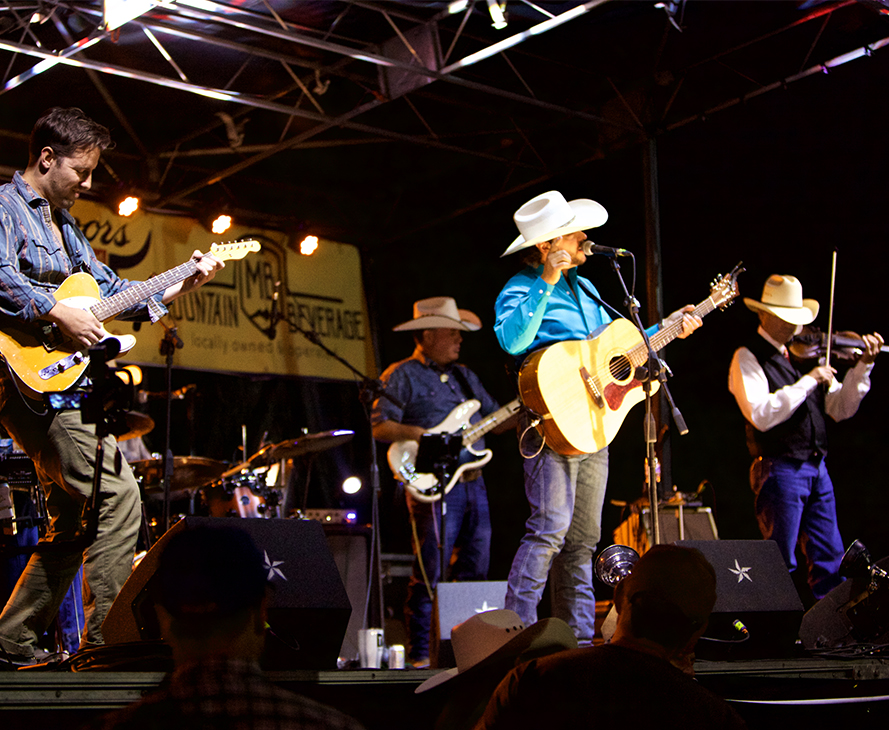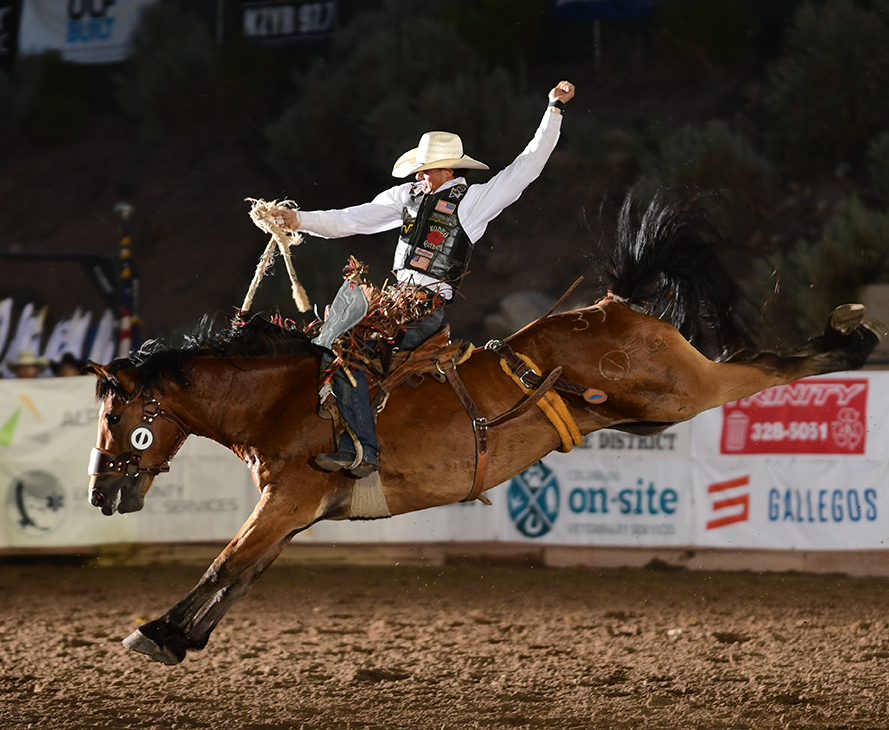A Brief History of the Eagle County Fair and Rodeo
Agriculture drove the Eagle County economy from its founding in 1883 to the mid-1960s. Farmers and ranchers took on the challenge of raising crops and livestock. Every year was a gamble. Depending on weather conditions, water supply, and unpredictable markets, a rancher or farmer could end a year of work with some money in the bank or a desperate need for a loan.
The work was hard and non-stop. But the county’s agricultural roots were also a source of pride. In 1939, community leaders in the valley persuaded the county commissioners to fund a fair similar to those in neighboring counties.
After harvest, the first fair was held in Eagle on September 16, 1939. Livestock judging occurred in the town park immediately west of the county courthouse. Open-class and 4-H exhibits, including canned goods, crop samples, and vegetables, were displayed in the adjacent Eagle School building.
Over 1,200 county residents celebrated the community with a free lunch of barbeque beef donated by rancher Moulton Chambers, a football game between the Eagle and Minturn high school teams, a concert by the Eagle County High School band, and a free movie at the Eagle theater. It was a day of competition, pride, and fun. County newspapers recommended that the Eagle County Fair become an annual event.
With the exception of brief interruptions during World War II and the recent pandemic, the fair and rodeo did become an annual event. Initially, the event was held on the Mayer ranch immediately south of the county building.
By the 1960s, the fair had outgrown the in-town venue. Legendary County Extension Agent Sam Kuntz and other community leaders persuaded the county commissioners to purchase a 15-acre parcel of farmland on the north side of the Eagle River, directly across from the Eagle train depot, to serve as a permanent location for the county fair.
With financial support from the business community and lots of elbow grease from community volunteers, the new fairgrounds began to take shape. A rodeo arena and livestock sheds were built, along with a modest, steel-framed exhibit building (which still stands). Kuntz and his volunteers built a concession stand and constructed fences to keep the livestock under control. The increasingly popular fair grew into a weekend event. The fair date was moved to August, enabling winners to move on to the Colorado State Fair competition. The Eagle County Fairgrounds, located adjacent to the Eagle River, developed a reputation as one of the best fairgrounds on Colorado’s Western Slope.
Rodeo was introduced as a county-fair element in the mid-1960s. The exhibit arena doubled as a rodeo arena, complete with grandstands. The Colorado Amateur Cowboy Association staged the rodeo, offering a $150 purse. Some of the competitors were locals.
In the late 1980s, the county commissioners took the county fair to the next level by hiring an events coordinator, Rick Beveridge, to build it into an event that would attract visitors and locals. Big-name entertainment was brought in, including Cajun fiddler Doug Kershaw and up-and-coming Country-Western singer Chris Ledoux. The popular Rocky Mountain Oyster Feed event was introduced. In 1989, the rodeo became a Professional Rodeo Cowboys Association (PRCA) sanctioned rodeo. The PRCA is the largest rodeo organization in the world.

2023 was a record-breaking year for the Eagle County Fair and Rodeo. It sold out all four nights, with record-breaking ticket sales of $197,392, record-breaking sponsorship revenue of $240,000, and record-breaking 4-H junior livestock sales of $937,332. Additionally, the Mountain States Circuit Finals nominated it for Medium Rodeo of the Year, and for the first time, was televised all four nights on the Cowboy Channel.
In 2024, the Eagle County Fair and Rodeo marks 85 years of gathering as a community to celebrate our county’s Western heritage.




